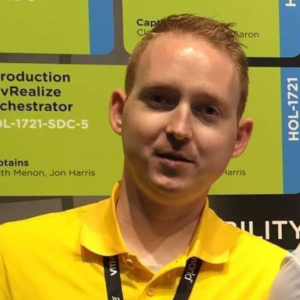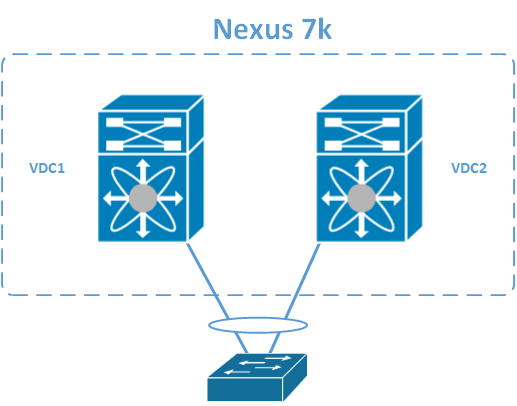Cisco virtual Port-channels technology is a pretty straight-forward technique: make two switches seem like one switch to a downstream switch, connected with a port-channel. The downstream switch has a single port-channel going upward, which makes the switch high available and eliminating the use of spanning-tree. It looks like this:
Read more about vPC here. For the rest of this post, I’ll assume you know how to configure and use vPC.
In a lab where you have a single Nexus 7000 switch for testing and studying, you would divide it up into VDCs for ultimate usage. OTV, Fabricpath and the … Read more

